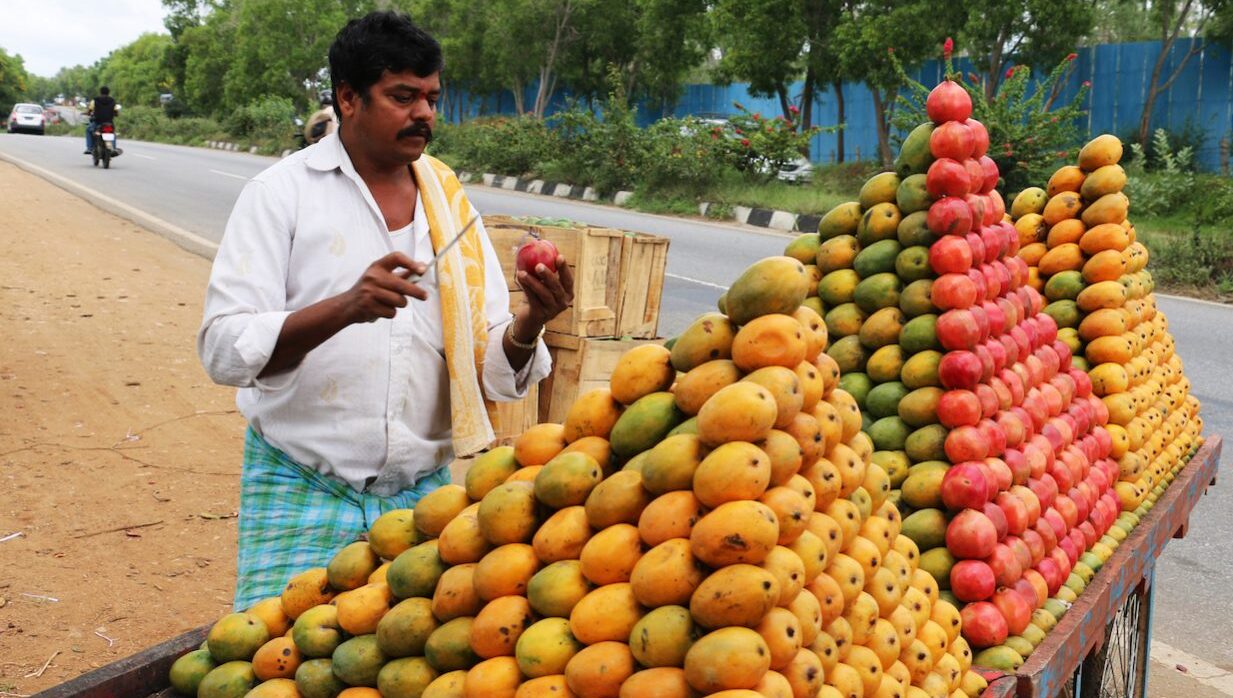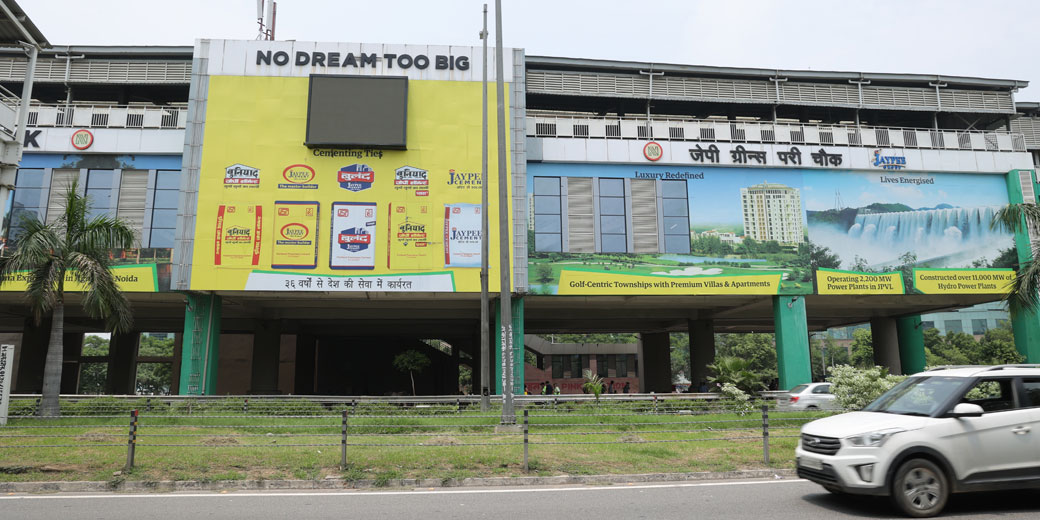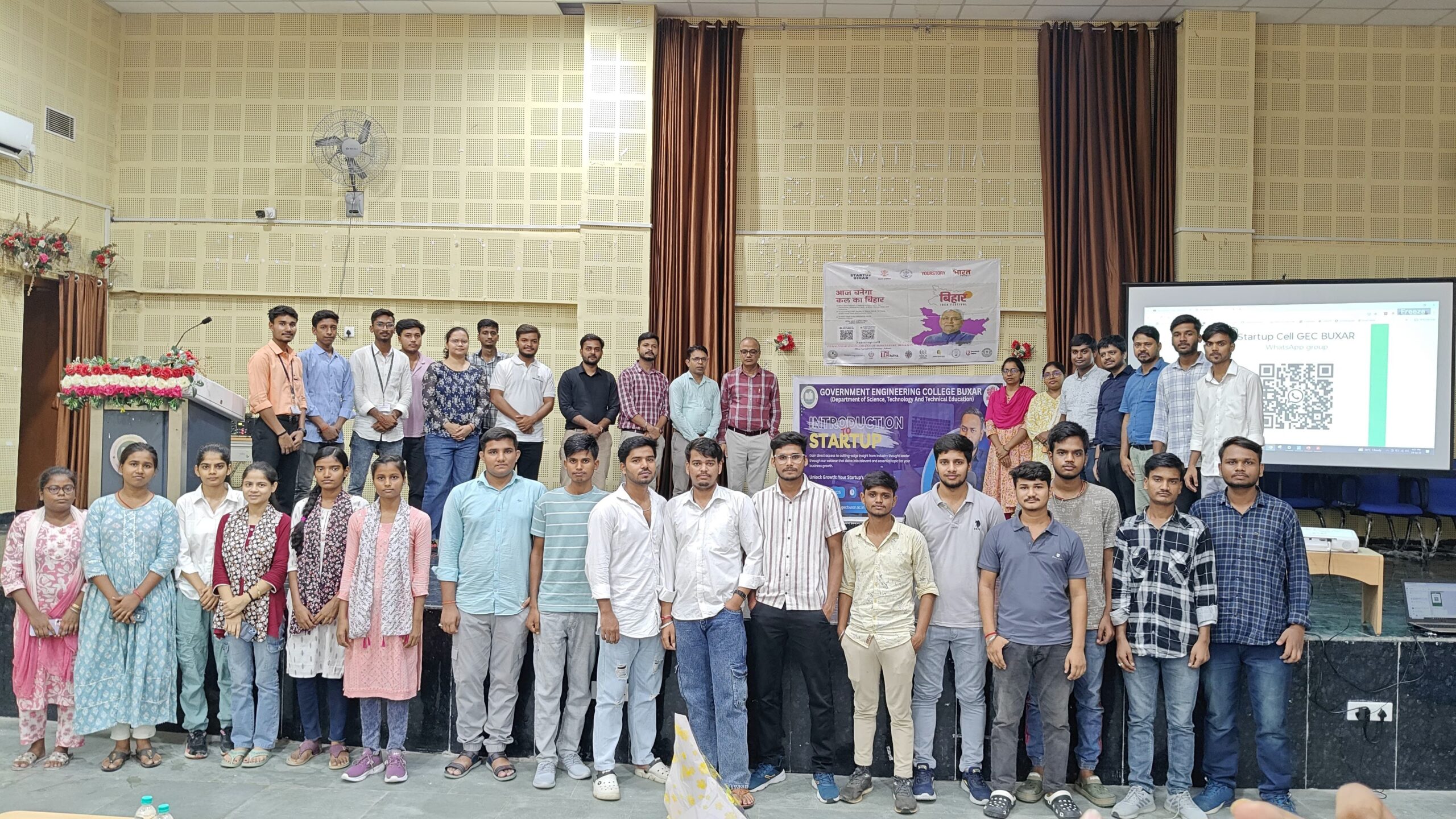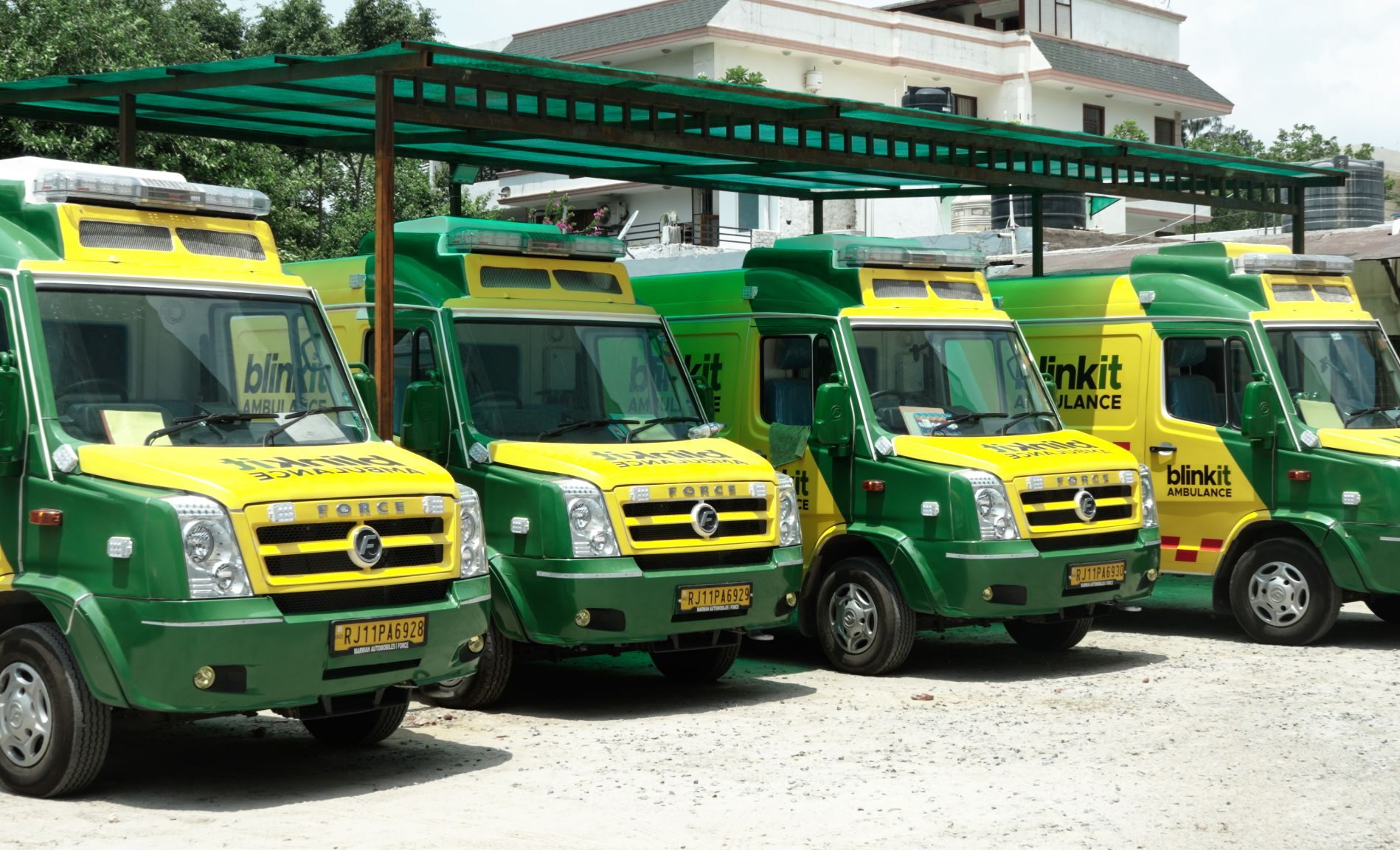India is the world’s largest mango producer, contributing about 40-50% of global output. Each summer, millions of tons of the king fruit hit the domestic mango market, and thousands of tonnes are exported worldwide. This analysis examines India’s mango sector during the summer season, encompassing regional production, popular varieties, market dynamics, export-import trends, and long-term growth prospects.
Key Mango-Growing Regions
Mangoes are grown across India, but key states include Uttar Pradesh, Andhra Pradesh, Telangana, Bihar, Karnataka, Tamil Nadu, Gujarat, Maharashtra, and West Bengal. Uttar Pradesh contributes around 25% of national production, while Andhra Pradesh and Telangana combined add nearly 28%. Southern regions produce early-season mangoes (April-May), while North India sees peak harvests in June-July. This geographic distribution ensures a staggered harvest and sustained supply throughout the summer.
Prominent Mango Varieties by Region
India boasts more than 1,000 mango varieties, but a few dominate commercial production. Alphonso (Maharashtra, Goa) is prized for its sweetness and exported globally. Dashehari and Langra (Uttar Pradesh), Chausa (Bihar), and Banganapalli (Andhra Pradesh) are major northern and southern cultivars. Kesar (Gujarat) is known for its saffron-colored pulp. Eastern India offers Himsagar and Fazli, while South India grows Totapuri and Neelum. Each variety has a unique flavor, texture, and harvest time, helping ensure continuous supply from March through July.
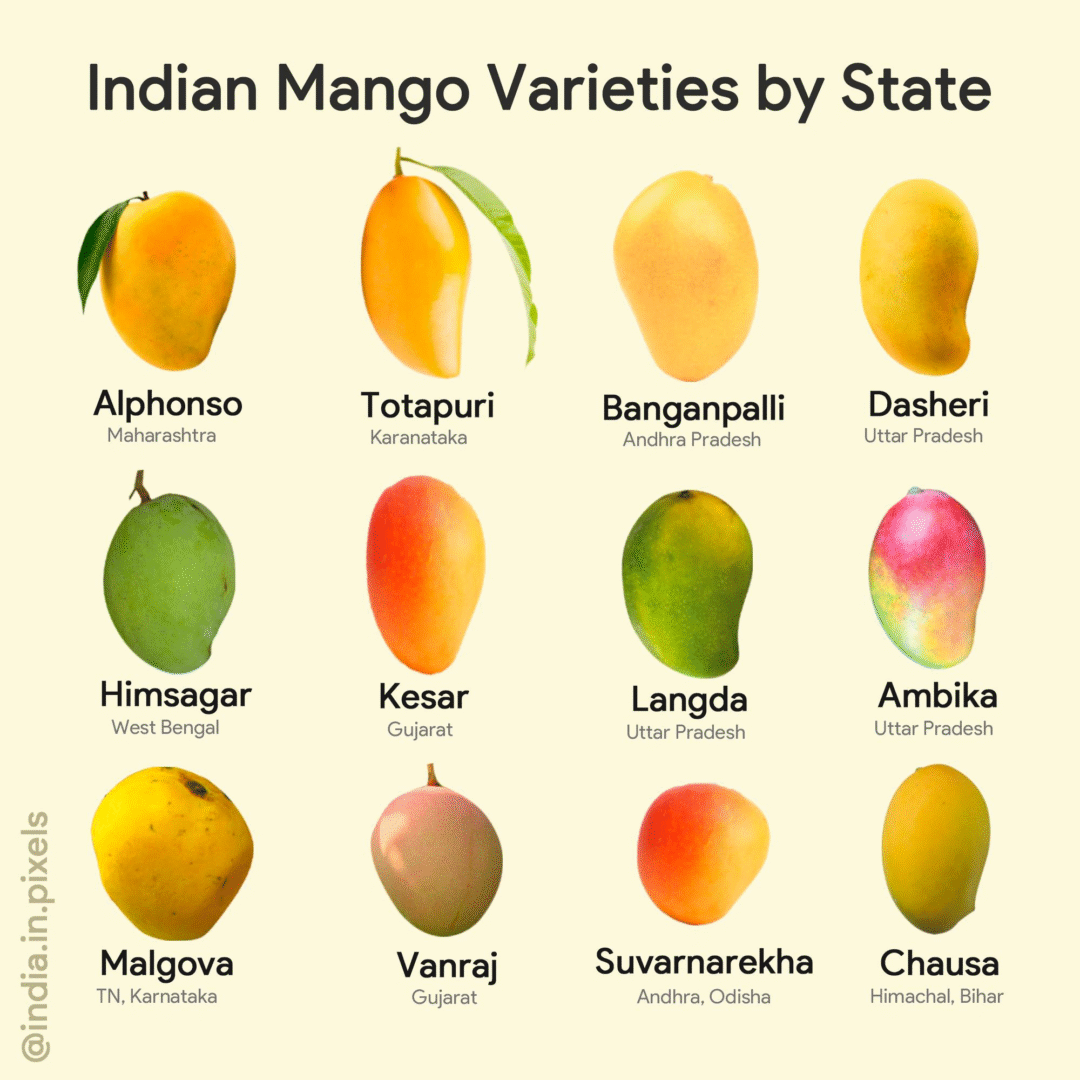
Mango Market: Seasonal Supply and Pricing Patterns
India’s mango season runs from March to July. Early-season varieties like Alphonso fetch premium prices in April. By May and June, peak harvests lower market prices due to surplus. Prices begin rising again in late June as supply drops off. Supply varies across states and varieties, but transport networks help distribute mangoes nationwide. For example, after southern harvests end in June, North Indian mangoes like Langra and Chausa fill the gap in markets.
Historical Production and Market Growth
India’s mango output has grown steadily. In 2018, the country produced 18.4 million metric tonnes (MMT), rising to over 21 MMT by 2023. The bearing area is around 2.3 million hectares. Despite this growth, productivity has remained flat at around 7-8 MT/hectare due to aging orchards and climate variability. Efforts like high-density planting, pruning techniques, and farmer training are being promoted to improve productivity.
Export Market and Trade Statistics
India exports a small share (1-2%) of its mango production. In FY 2023–24, India exported 32,104 metric tonnes worth $60.1 million, the highest in five years. Top buyers include the UAE, USA, UK, Oman, and Qatar. Mangoes are mostly exported by air from hubs like Mumbai, Delhi, and Bengaluru. Trial sea shipments with controlled atmosphere containers have also begun. Export varieties include Alphonso, Kesar, and Banganapalli.
Recent years have seen rising exports to the USA, jumping from $4.3M in 2022–23 to over $10M in 2023–24. Irradiation and vapor heat treatments are used to meet the phytosanitary norms of countries like the US, Japan, and Korea. APEDA helps facilitate exports through certification, infrastructure, and promotional events.
Economic Impact and Supply Chain
Mangoes are a major livelihood source in rural India. Farmers earn seasonal income but face volatility due to climate and price swings. Many sell to pre-harvest contractors for lump-sum payments. Middlemen handle harvesting, transport, and bulk sales. Wholesalers in APMC mandis manage daily pricing, and retailers from carts to supermarkets sell to end consumers. Mango processing (pulp, juice, pickle) also supports jobs and provides market outlets for surplus produce.
Premium varieties like Alphonso offer high returns, while local mangoes flood the markets at lower prices. Seasonal employment surges in mango-growing belts during harvest months. Export markets also enhance farmer incomes when standards are met.
Climate Change and Technology
Erratic weather, unseasonal rains, hail, and heatwaves, has disrupted flowering and yields. Western Disturbances in spring 2025 led to major crop losses in Uttar Pradesh and Maharashtra. Rising pest attacks and shorter seasons are key concerns. Some farmers use pruning, mulching, and ethylene-free ripening methods to improve output and shelf life.
Government support includes the National Horticulture Board and state schemes for orchard rejuvenation, packhouses, and training. Research institutes like CISH in Lucknow promote high-density planting, dwarf varieties, and post-harvest techniques. E-commerce and direct-to-consumer sales are also emerging, letting farmers bypass middlemen.
A Complex Market
India’s mango market is a very complex one. It is used for local and outside work, helps many jobs in the country, and is part of culture. With better work, more climate help, and new outside work, India’s mango business is ready to grow for a long time. Still, the weather and how it all works in the chain needs to be fixed if it is to do all it can.
Also Read: Mangosteen vs Avocado: Is Mangosteen the Next Avocado in India?









